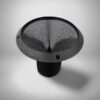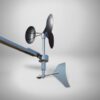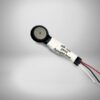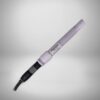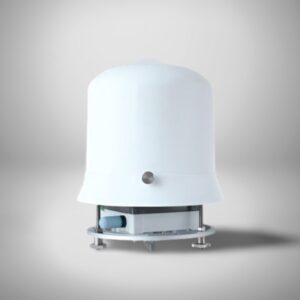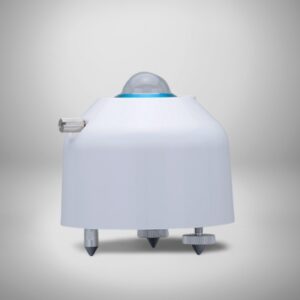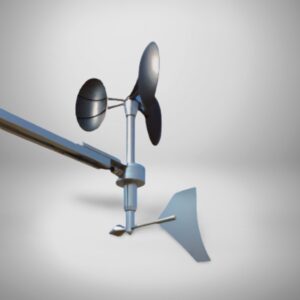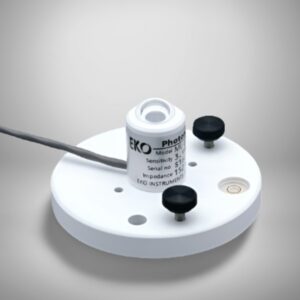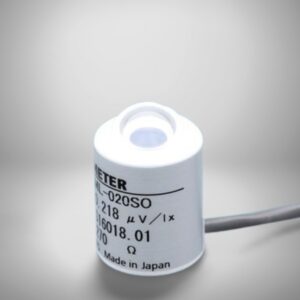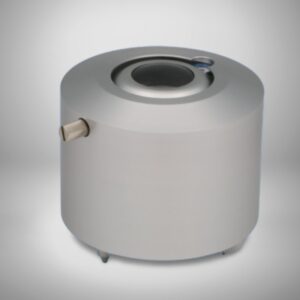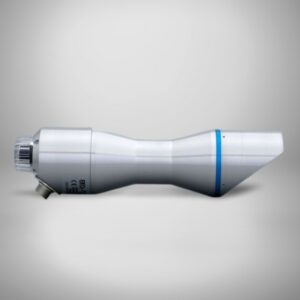Microclimate monitoring involves the measurement and analysis of climatic conditions that occur in small, localized areas. These areas can vary greatly from the general climate conditions of a larger region and are influenced by various factors such as vegetation, topography, and human activity.
Microclimate monitoring is important in various fields, including agriculture, urban planning, and conservation. By collecting and analyzing data related to microclimate conditions, experts can make informed decisions about how to optimize environmental conditions for specific applications.
Microclimate evaluation involves collecting and analyzing data related to environmental factors such as temperature, humidity, wind speed, and rainfall. This data is typically gathered using specialized weather monitoring equipment, such as weather stations, which can be installed in various locations such as farms, gardens, and urban areas.
Weather stations are essential tools for microclimate monitoring. They are typically equipped with sensors that collect data on environmental factors such as temperature, humidity, wind speed, and rainfall. This data is then transmitted to a central database where it can be analyzed.
The main components of weather monitoring systems used in microclimate monitoring are rainfall gauges, evaporimeters, wind anemometers, wind vanes, pyranometers and solar trackers for solar radiation measurement, thermometer sensors for air temperature measurement, humidity sensors for relative humidity measurement, barometers or pressure sensors for atmospheric pressure measurement.


